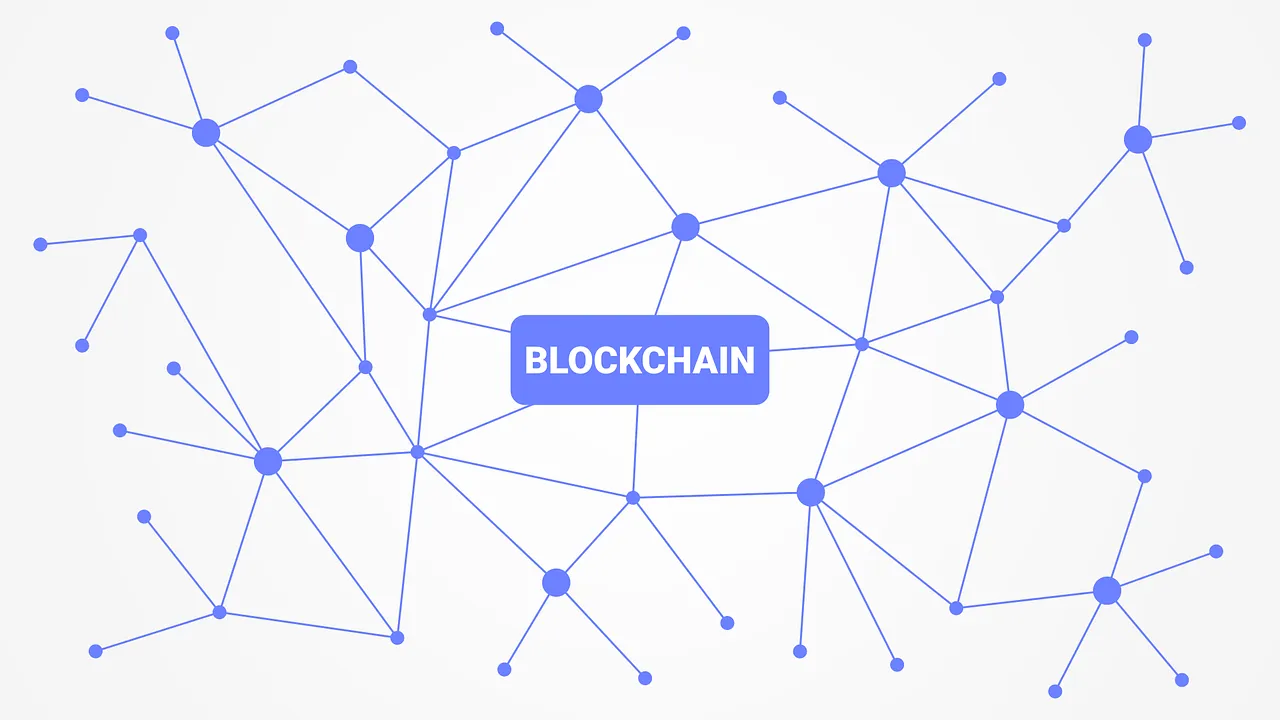
Author: @madridbg, through Power Point 2010, using public domain images.
Welcome dear members of this prestigious platform and especially those who make life in the @LeoFinance community. Through this publication we will address some updates that have been developing behind the Ethereum network and which aims at a more efficient and economical process as far as transaction fees are concerned.
As of April 14 of this year Berlin arrives an update of the main Ethereum network that will allow the integration of new functionalities that will make the processes behind this blockchain more dynamic and efficient. However, although this news was disclosed in early March little is known about the process, which is why through this publication we will describe some aspects taken into account through the Hard Fork.
Among the most notable changes we can find the following:
1. Optimize the performance of the Ethereum core network, which includes more viable and secure contracts for the user.
2. Better management of transaction fees, this update allows for lower transaction fees, while at the same time making the network more robust as it has better support for denial of service attacks (DDOS), a strategy that has been tested on the Ropsten, Goerli and Rinkeby test networks.
3. Reduce the cost of pre-compiled ModExp contracts or modular exponentiation, the new mechanism allows to perform a smoother checking of RSA signatures, also allows to calculate the costs in terms of pre-compilation, design that supports better performances of the blockchain.
4. Improve network security, DDOS attacks are one of the most notorious concerns for the Ethereum network, however, by updating the level of the EIP-2565 algorithm, it is possible to reduce the costs of pre-compilation which caused an inefficient system, an aspect that has been better achieved with the reduction of costs which generate greater security in arithmetic operations.
In the opinion of Vitalik Buterin, co-creator of Ethereum:
The problem with these operations is that an attacker can cause network nodes to perform prolonged disk accesses relatively cheaply and thereby disrupt the network.

Fig. 2. Network upgrades allow for more efficient service. Author: mmi9
Hence the need to triple the cost per run which guarantees a relatively fast execution, in addition to the reduction in the maximum token size to simplify block validation.
Undoubtedly, the Ethereum network as times progresses becomes more and more entrenched and this update allows it to remain at the forefront in aspects associated with the crypto market. In this sense, if you have found this information timely I invite you to leave your contribution in the comments section.
BIBLIOGRAPHY CONSULTED
[1] Vitalik Buterin. Ethereum White Paper A NEXT GENERATION SMART CONTRACT & DECENTRALIZED APPLICATION PLATFORM. Article: Online Access
OF INTEREST
•

.
